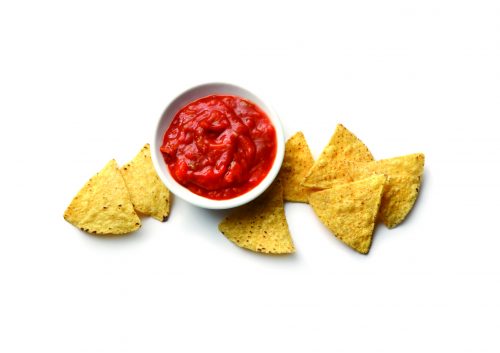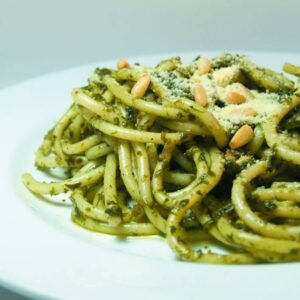
Nutritionist Rose Carr gives you pointers on sorting the healthy dips from the not so healthy.
There is a huge range of dips now available in the chilled section of the supermarket. With such variety on offer, it’s easy to choose from a taste preference, but perhaps not so easy to pick out the healthier options. Here’s what to look for when selecting a healthy dip.
Legumes, vegetables, nuts and seeds
For good nutritional value, look for a dip which has a high percentage of legumes like chickpeas and beans, or a high vegetable content. These dips are ideal for people who need to snack between meals to keep them going. Teamed with a low-fat, low-sodium cracker (see Everyday shopping: Crackers), our top picks would make a healthy snack.
Watch out for dips high in nuts and seeds as they are high in fat. Even though it’s ‘good’ fat, nuts and seeds give the dip a higher energy (kilojoule) content, so portion control becomes more important. Nut and seed-based dips are best eaten in small serves.
Because manufacturers aren’t required to tell you how much fibre is in the dip, they don’t. We think this is a mistake, because thanks to legumes, vegetables, nuts and seeds, many of these products would have a worthwhile amount of healthy fibre.
The bottom line: We highly recommend dips with lots of legumes or vegetables and to a lesser extent nuts or seeds. We’ve chosen most of our picks on that basis. Legumes and vegetables in particular are a good basis for a low-energy, low-saturated-fat dip.
Dairy
While most dairy-based dips are higher in energy and saturated fats, we found two which satisfied our criteria. With its tangy flavour and low energy (336kJ per 100g) we thought La Bonne Cuisine ‘cucumber, mint & yoghurt’ classic dip would be handy to have in the fridge. The other dairy-based dip we liked was Me Organic ‘Spinach & Feta’ dip. One of our tasters said, “If this is health food, I’m a convert.”
Sodium
Look for dips with less than 600mg sodium per 100g. Things which we don’t consider particularly salty can still contain a lot of salt. We can get way too much sodium from processed foods if we don’t choose wisely. We found lots of dips meet this criteria.
Choose the right dip for the occasion
It pays to consider how you plan to use the dip when it comes to choosing which dip to buy.
If you are using your dip to spread thinly on a piece of bread to liven up a sandwich, you could use a higher-fat, higher-kilojoule dip. Because you’re using only a little, this would be fine.
If, on the other hand, you’re planning to relax with a glass of wine, bagel crisps and dip, it’s likely you’re going to eat a bit more, so choose a lower-fat, lower-kilojoule dip.
www.healthyfood.com










